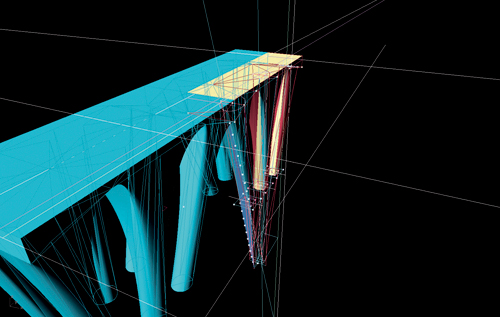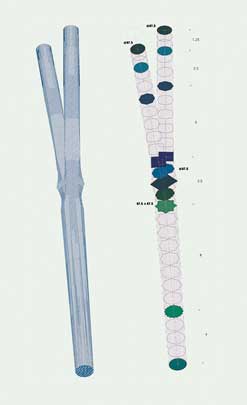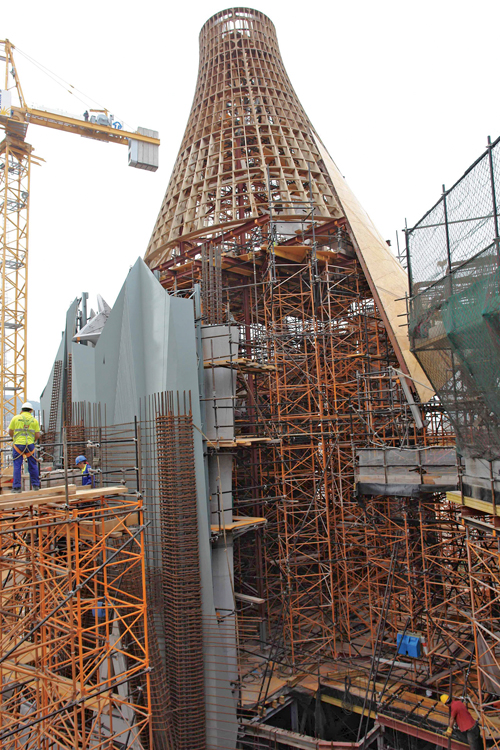An End in Sight for a Centuries-Old Building Project?
The Sagrada FamÃlia's incorporation of such complex forms lent itself to the emerging digital technology of the late 1980s, an undertaking spearheaded by Professor Burry. "Trying to draw Gaudà buildings is a very thankless task," Burry says from experience. "I have become the only person on the project to work on both analog drawings and digital modeling."
The first digital model was produced in 1989, but architectural software proved insufficient for resolving GaudÃ's interweaving geometries. By the next year-and concurrently with Frank Gehry's office-Burry's team was creating models using advanced surfacing software designed for the aeronautical industry. (Today, the team of architects and engineers in Barcelona uses a combination of programs including CATIA, Rhino, and Mechanical Desktop by Autodesk, and several of Burry's Melbourne-based collaborators at the Spatial Information Architecture Laboratory at RMIT use Gehry Technologies' Digital Project.) Used early on as a time-saver in the process of "reverse engineering," flexible modeling software later provided an opportunity to experiment iteratively, backtracking and direction-changing with relative ease, and allowed the ready assembly of libraries of parts. The Sagrada FamÃlia was also one of the first projects to experiment with rapid prototyping, but it is a combination of digital and physical models, as well as sketches, that inform design even today.
 |
|
 |
A model of the triforium was made Photos: The Sagrada FamÃlia (below); |
 |
|
 |
|









